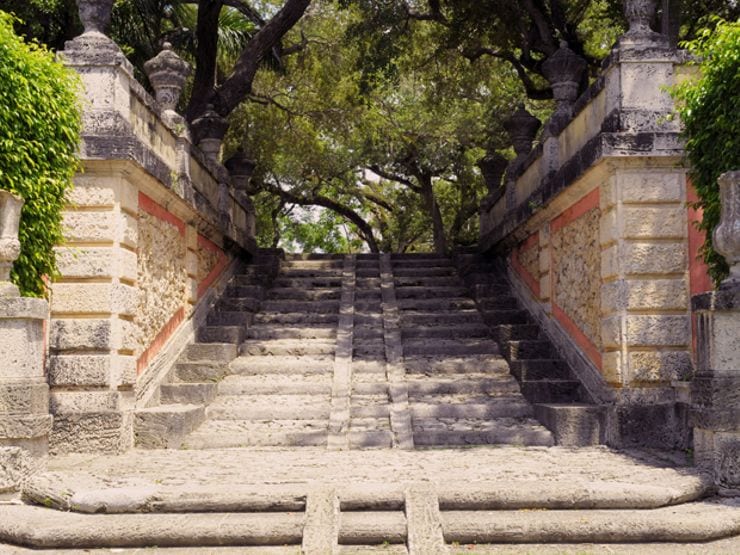Trending Now
Let’s be honest: When you think of America’s most haunted cities, Miami isn’t the first on the list. This is a town known for her beaches, art deco architecture, and unique South Floridian culture, not the supernatural.
Here’s the thing: all those elements described above? They make for a city ripe with paranormal activity. Miami contains dozens of ethnic and cultural enclaves with their own beliefs and rituals. Over the years, the “Magic City” has attracted dreamers, robber barons, artists, and gangsters—many of whom still haunt the streets of this glittering seaside community long after death.
The Biltmore
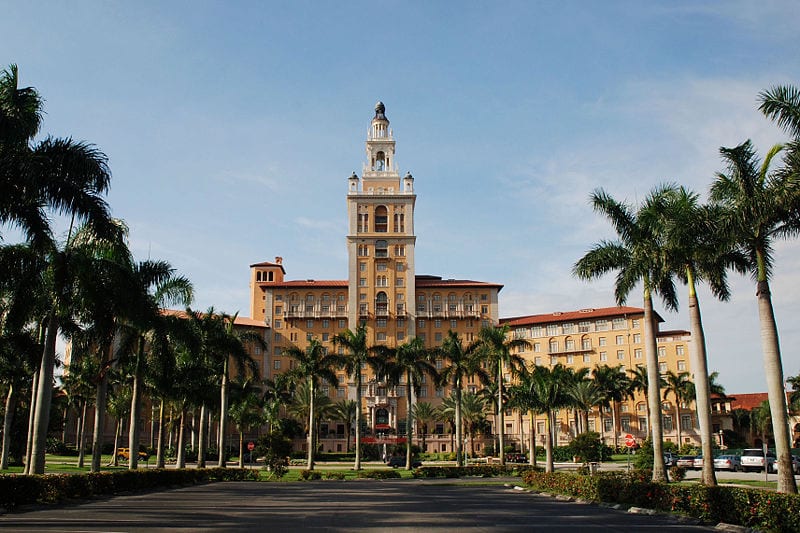
Photo Credit: Wikimedia Commons
It’s hard to miss the Biltmore; the grand dame hotel towers over the aristocratic Mediterranean-style mansions of Coral Gables. While the Biltmore lacks the isolation of haunted hotels like Colorado’s Stanley Hotel, it compensates with an equally muscular architectural presence and storied history. In it’s heyday, the Biltmore hosted kings and kingpins from around the world.
It’s said the hotel elevator will sometimes depart the Jazz-era lobby and travel to the 13th floor of its own accord—the same floor where New York gangster Thomas “Fatty” Walsh was murdered in 1929. There are reports of ghostly soldiers wandering the Biltmore’s hallways and manicured grounds as well; during World War II, the hotel served as a military hospital for wounded soldiers returning home.
Deering Estate
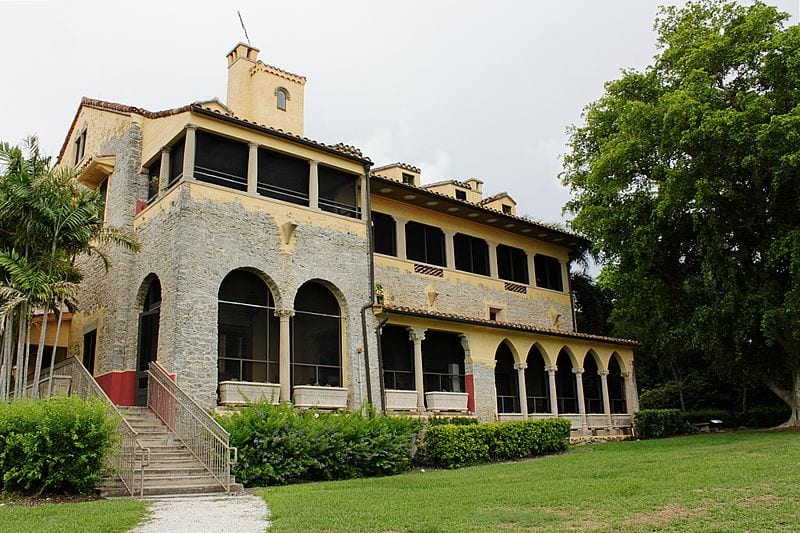
Photo Credit: Wikimedia Commons
The most well known haunted location in Miami, this compound, built by industrialist Charles Deering, sits on land that was inhabited by Native Americans as far back as 10,000 years ago. Visitors often report feeling changes in air temperature, hearing whispers just beyond the range of their senses, and seeing doors randomly slam shut. The estate is now a public museum, and hosts frequent ghost tours for paranormal enthusiasts.
City of Miami Cemetery

Photo Credit: Wikimedia Commons
The oldest cemetery in Miami-Dade county occupies a space that is, itself, a study in South Florida contrasts. The sunny little plot of land is small in stature and scope, surrounded by a neighborhood caught between rapid gentrification just to the north, and low-income tenements to the south. The old graves themselves are dwarfed by enormous high-rise condos that speak to this city’s unquenchable thirst for development.
That drive to build came with the city’s first wave of American pioneers, and many of those individuals are buried in the city cemetery, including Julia Tuttle, the 19th-century dynamo who effectively founded Miami. Today, 9,000 souls are buried in the City of Miami Cemetery—inviting rumors of spirits rising from the grave and roaming the cemetery pathways at night.
The Miami River
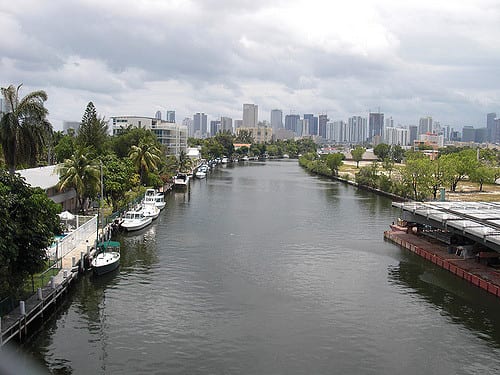
Photo Credit: Flickr,Rheaume Martin
While there are few stories of outright ghost sightings along the banks of the Miami River, you can’t beat the haunting stretch around Flagler and River Dr (NW S River Dr is the official) for its eerie qualities. Though you may not want to walk around aimlessly in this area at night, a slow drive reveals an older neighborhood that sits on the banks of a muddy river, shadowed by condo canyons and high-rise towers. On the water, fishermen return from the Florida Keys joking in Spanish.
A little over a mile southwest of the Miami River is Little Havana, an area that has grown from a Cuban enclave into an entrepote for immigrants from across the Spanish speaking world. It’s not uncommon to see chickens roaming these streets, as well as botanicas selling candles and spell components that are a part of the local Santeria religion.
Villa Paula Mansion

Photo Credit: National Paranormal Association
This new-classical mansion from the 1920s was built for Senior Don Domingo Milord, the first Cuban consulate in Miami. Six years after Milford moved into the estate, his wife, Paula, died tragically after complications from a leg amputation.
The home exchanged hands multiple times following Paula’s death. Former owners and neighbors say that cats have met grisly ends after being slammed shut in the estate’s iron gate. In addition, visitors have heard unexplained knocking, shoes stomping across the stone path in the backyard, and smelled the intoxicating aroma of strong Cuban coffee and fresh roses, even when the flowers weren’t blooming.
Parkway West Medical Center
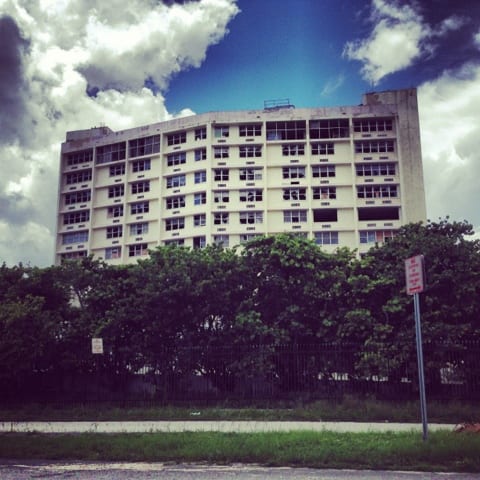
Photo Credit: The Miami Urbex
You can’t really visit this one. Well, you can, but it’s illegal and dangerous—ghosts or no. The Parkway was once a state of the art hospital, but it closed in 2002, and since then, the 11-story building has sat vacant, looming over the Palmetto Expressway at the Golden Glades Interchange.
An abandoned hospital is always pretty scary, and this one is no exception. The building is overgrown with weeds and sub-tropical foliage; where the plants haven’t claimed the structure, graffiti and rot has. The building is a popular spot for ghost hunters and thrill seekers, who scale the iron fence that encloses the structure for a peek inside.
This story was first published on The Lineup

